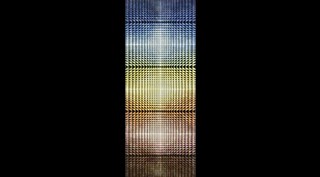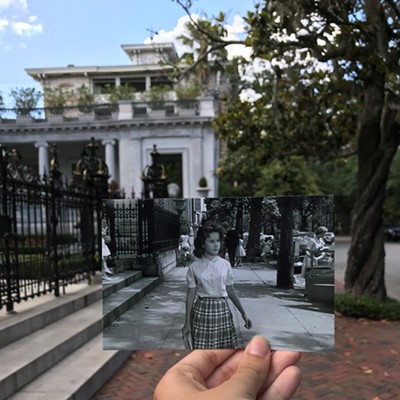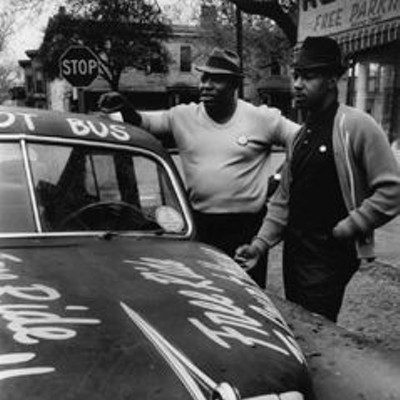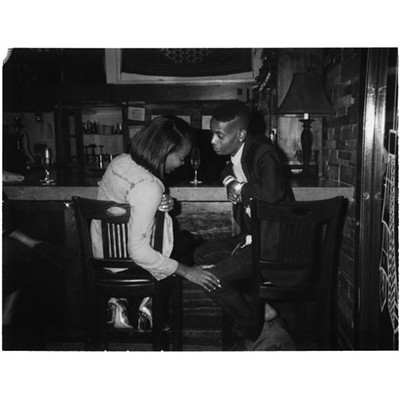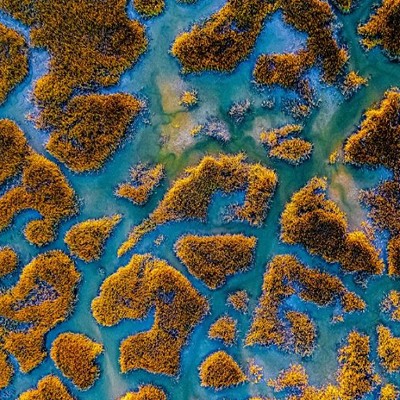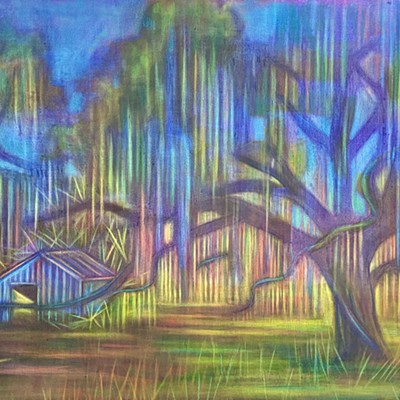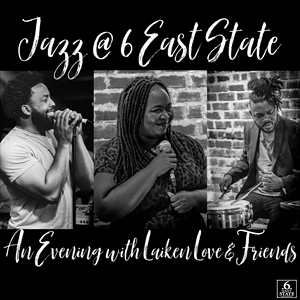After its unique opening reception last week, which included rock ‘n’ roll, go–go dancers and a light show, it’s clear the Jepson’s new exhibit “Psychedelic” isn’t the usual fare.
An ambitious exhibit of contemporary artists created by David Rubin, Curator of Contemporary Art at the San Antonio Museum of Art, the show is colorful — literally and figuratively — and a survey of what Rubin describes as “the psychedelic sensibility,” and its lasting influence.
Rubin’s long, strange trip spans from the height of the psychedelic movement in the late 1960s up through the present day, laying out a path along which ideas of color and form have matured and spread through the art world over the last four decades.
While conventional associations with the term often lead to images of Grateful Dead posters or Santana album covers, the show is significantly less rock n roll (in a strictly pop culture, musical sense) than one might assume. It is, however, far out, vibrant and unafraid of experimentation.
We spoke with Rubin while he was in town for last week’s opening and gallery talk. Here are some of highlights.
The meaning of “psychedelic” as it applies to the show:
"For the purpose of this exhibition, the work is all bonded by what I define as a psychedelic sensibility, which is basically a sensibility characterized by extreme color and/or kaleidoscopic space. The color is really the dominant thing. Every artist in this exhibition has really used very intense color... As a whole, every work is dazzling. If someone walked in here from the 1940s, they would have thought they were on another planet. We weren’t used to seeing color this way, whereas now it’s almost ubiquitous"
On the colorful legacy of the psychedelic movement:
"How we look at color really changed in the 1960s. Not only because of the influence of psychedelic posters and album covers and light shows and lava lamps and all that, but television shifted from black and white to color in the early 1960s, so in the 50s we lived in a black and white world by comparison.
"The show starts in the 1960s and goes all the way to almost the present day. Artists have used this palette and this sensibility for years for a variety of purposes and in a variety of mediums ranging from paintings to sculpture to full scale installation art.
"Some people may tend to confuse the psychedelic era with something very different, which we’re addressing here. When we say, “that’s really psychedelic,” we’re not always referring to a time period, we’re referring to color and space and imagery that was born during that era. That was a pretty short lived era. It didn’t last very long, but its impact has been lasting. That’s what people may undervalue, is that the impact has been lasting. This exhibition proves the impact is lasting and it continues to flourish.
Pop culture versus fine art:
"There’s a real distinction between the posters and the memorabilia and the fine art. This show really reveals how the posters and the memorabilia influenced the fine art, along with other factors."
Planning an exhibit during a recession:
"We can only show so much do to logistical and economic factors. The book that we produced for the show features the work of 73 artists and tells the real story, the full story that I wanted to tell. The exhibition is like a Whitman Sampler based on what’s supportable and logistically possible.
"The recession hit while I was working on this show. There’s a large expense to organizing a group show like this, where you have to bring work in from a lot of different places. It boils down to shipping and crating expense. Those were just the realities. I had to trim the whole show down.
"I’m very happy with the way it ended up. In the best of best worlds, sure, I would have loved to have blown everybody away with all 73 artists, but we’ve still blown people away with a slightly revamped way of doing it.
Talking about the same thing in different ways:
"The distinction is between abstraction and representation...In the case of artists like Al Held or Victor Vasarely, they’re still depicting the cosmos. They see the cosmos in a more abstract language, whereas someone like Alex Grey sees the cosmos in a more representational mode. One of the things that’s prevalent in the show is breaking down the barriers between the material and the immaterial, seeing the metaphysical world just as an extension of the physical world. In that sense, it’s almost like a spectrum where representation is at one end and abstraction is at the other end, and then there are all these hybrids in between. It can veer one way or the other. If you look at Alex Grey, and you look at Al Held, you’ve got visionary and totally abstract, but they’re both depicting the cosmos. They’re just seeing it in different ends of the language scale."
On feeling good without drugs:
"This show is very much about experience. It’s a very participatory show. In this work, whether it’s painting or installation, the work involves the viewer in a way where you’re really part of the art work. It’s a very optimistic show. It’s one you come away feeling a good vibe from and you don’t have to take anything that could be harmful to your body or illegal to get that experience."
Psychedelic
When: Runs through May 29
Where: The Telfair’s Jepson Center, 207 W. York St.
Info: www.telfair.org
Cost: Museum admission

